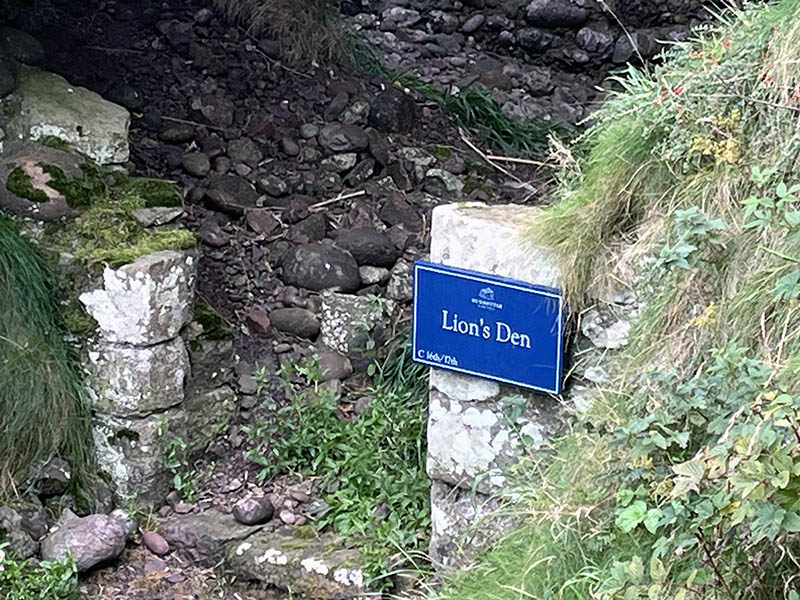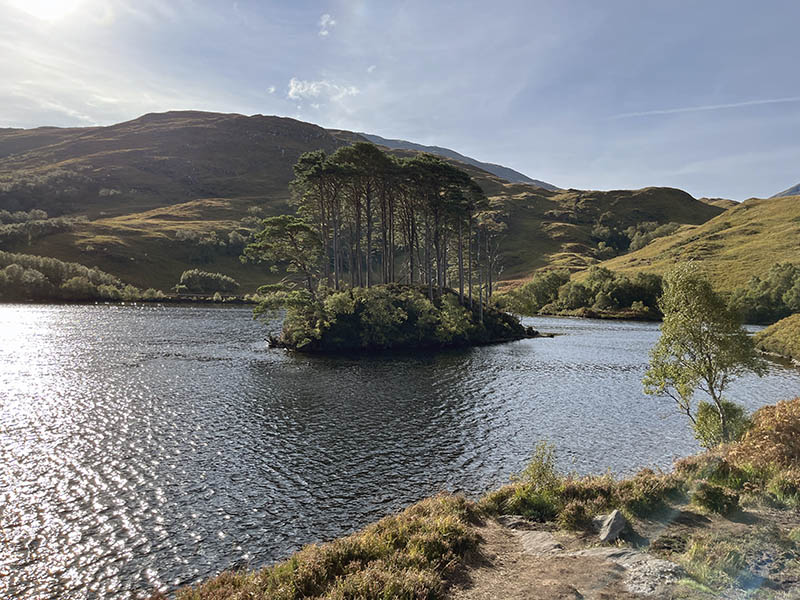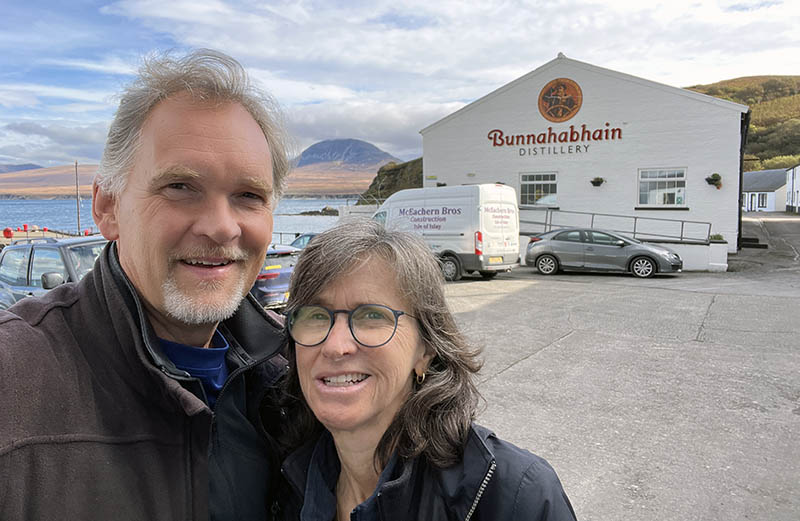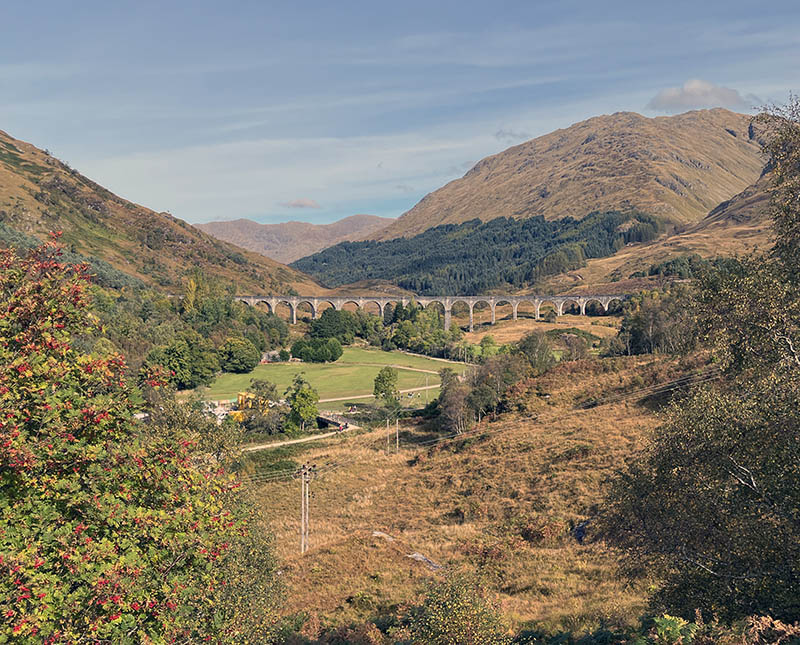Scotch whisky. Or, as we tend to refer to it here in the United States, simply, “scotch.” Scotch is a distilled spirit made in Scotland from cereals, water and yeast. And by “cereals” they mean what we call “grains,” not Kellogg’s Corn Flakes. But, if you do prefer to add the whisky part to the name, note that it is “whisky” without an e. As opposed to “whiskey” with an e – how it is generally spelled here in the United States. As in bourbon whiskey.
I am partial to scotch. Of all the alcoholic beverages we have to choose from in this day and age, if given the opportunity to pick one, I will normally default to scotch. And this is the part where I mention that if you consume any alcoholic beverages, you should always do so responsibly!
Now, according to UK law, scotch “must be distilled and matured in Scotland in oak casks for at least three years and bottled at a minimum alcoholic strength of 40% alcohol by volume.” That’s 80 Proof for those of us here in the U.S. The important point being that it has to be distilled in Scotland.
Which is important because if you want to see how scotch is made, you have to go to Scotland.
A year or two ago my wife and I started thinking about taking a vacation alone – just the two of us. Something we hadn’t done since, well, our honeymoon over 38 years ago. Since our son was soon graduating with his MBA and moving on, maybe “family” vacations were no longer the only way for us to vacation. For what it’s worth, our children endorsed this concept.
As we thought about where we might want to go, our ancestral homelands came up. Since the majority of my great-grandparents came from eastern Europe, specifically areas that are now in a war, that possibility was not acceptable. Five years ago, sure. A few years from now, maybe. But not now. My wife, however, has a lineage that primarily comes from Scotland and Ireland. Matching that lineage with my enjoyment of scotch moved Scotland to the top of the list.
Then, earlier this year our son suffered a meniscus injury that put his football season in jeopardy. When it became clear that we would not be spending the fall traveling to football games every weekend, we sped up our plans and were luckily able to schedule a two-week trip to Scotland. A trip we are now eternally grateful for.
First, our previous international travel experience was limited to Canada, Mexico and the Caribbean. So, the opportunity to get to a different continent, fly across an ocean and spend an extended period in a different culture – albeit one that primarily communicates in English – was exciting for us.
We flew in and out of Edinburgh – properly pronounced as either Ed-in-bruh or Ed-in-buh-ruh – not burg as in Pittsburgh. It didn’t take long to become quickly indoctrinated into Scottish culture.
After we passed through Customs – as we had nothing to declare we simply placed our passports on a scanner, looked at a camera and, voila, we were admitted – we picked up our luggage and headed to the rental car counter.
Since I am 6-foot-4, and weigh 240 pounds, normally when renting a vehicle I will get at least a mid-size SUV. Or larger. We ended up with a Nissan Juke, which I would consider a compact SUV at best. Except, after loading the car – our two suitcases fit perfectly in the back – and driving for a bit, I was not only glad we had the Juke, but wondered if we could have gotten something smaller. Turns out that many roads in Scotland are not as wide as they are here in Pennsylvania, and most have no shoulder.
Two other obvious road-and-car differences is that in Scotland they drive on the left-side of the road, and the driver’s seat is on the right-side of the car when facing forward. To ensure we knew about the first difference, the rental car company had two large stickers in the lower corners of the windshield that read “Drive On The Left.” Interestingly, this took only a few minutes to get used to. Probably because that’s what everyone else was doing. I just followed along!
The second difference would also probably have not taken much time to adapt to except for one small thing – most cars in Scotland have a manual transmission. A stick shift. As did our Juke. Since I learned to drive on a stick, and we’ve owned several over the years – but none since 1994 – this was fine. Unfortunately, with the driver’s seat on the right side of the car, that means that the stick shift is to the left of the driver – you shift with your left hand.
Ambidextrous I am not, so this took a little longer to get used to, and my wife was extremely accepting of my somewhat clutchy shifting style during the course of the two weeks. Although this did get a bit better when I realized that “reverse” – which was in the upper left next to first gear – had a lockout on it and would only engage when I pulled the stick shift up. At that point I just started jamming it into first at every stop!
Over the course of two weeks we put over 1,100 miles on that car, and had many great adventures that we will always remember fondly.

After seeing some sights in Edinburgh, we checked into our hotel downtown and had a nice dinner and my first official non-exported scotch. In the hotel bar was a man wearing, of course, a Penn State hat. We chatted for a bit and started our realization that we were not the only Americans in Scotland.
The next morning we went down to breakfast, and as we were going to our seats we recognized old friends we hadn’t seen in 25 years. Michelle and Christopher Nye lived across the street from us in Orlando, and although we communicated through holiday cards and social media through the years after we moved back north, they had moved to Utah and were outside our normal travel routines. They were doing something very similar to us – celebrating their 35th wedding anniversary touring the UK. As I said, not the only Americans!
We spent an enjoyable hour with them catching up and exchanging ideas on places to visit, then we all went our separate ways. This was as comfortable a manner in which to start our vacation as you could imagine, and was a nice omen for the days to come.
Over the next days we drove north along the eastern coast, in to the Cairngorns National Park, up to Inverness and around Loch Ness, over to Skye, back to Ben Nevis, out to Mull and Iona, in to Loch Lomond & The Trossachs National Park, out to Islay, and finally to Glasgow and back to Edinburgh for our flight out. We had many wonderful experiences, saw amazing scenery and had dozens of great interactions with Scottish people.
Along the eastern coast we had our first gas fill-up and learned that the Sheetz brand has not yet invaded Scotland. You pump your gas and then pay inside, and if there is a public toilet available, it’s a single unisex toilet for everyone.
As we headed into Cairngorns National Park from the coast, we were initiated into the concept of the single-track road. A single-track road is a road wide enough for one vehicle and one vehicle only. And no, it’s not one-way. Every so often there will be a small wide section of the road, and if you see an oncoming vehicle, one of you must stop at a wide spot so the other vehicle can pass.
Since you are driving on the left, if the wide section is on the left you can pull into it and let the other car pass. If the wide section is on the right you stop in your lane and let the other car pull into the wider spot. The interesting part comes when the oncoming vehicle is a bus or tractor-trailer that won’t fit into the wide spot.

Of the 1,100-plus miles we put on the rental car, I estimate that 400 or more were on single-track road. It made for some very exciting driving! It also adjusted our time schedules. We would Google-map a location to get directions – a location that might be 80 miles away. Normally, here in good ole Pennsylvania, we would expect the estimated trip time to be around an hour and 20 minutes. In Scotland we had 80 mile trips that were estimated to take two-and-a-half hours. And did. More time to enjoy the scenery!
In Cairngorns we hiked the trail above Balmoral Castle along the River Dee. Balmoral Castle is the summer home of the British royal family, and they had departed the castle for London just two days before our hike.
In Loch Ness we did one of the two “touristy” things we did during our trip – we visited the Loch Ness Centre and went through the tour about the Loch Ness Monster. You can put me down as a non-believer.

That night was the first of many we spent in small inns and lodges on our trip – there are no Hampton Inns or Courtyards out there. These inns and lodges were an eye-opening experience for those of us used to the traditional hotel formats in the United States. With just a few rooms – maybe six to 10 each – you would be greeted, shown to your room and then have a meal in a dining area for you and the other guests. Bigger than what we think of as bed-and-breakfasts, these were great opportunities to talk to the staff about all the pieces of Scottish life that we were experiencing and appreciating (Plastic money anyone? Maybe not a bad idea!).
On Skye we hiked the Quiraing, what is considered by many an icon of Scotland. A 5-mile long circuit hike that climbs almost 1,300 feet and features sensational views of the cliffs and sea. We later discovered that one of the scenic screensavers that Windows uses is a photo of the road leading to the trailhead.
From Skye we took our first car-ferry ride over to Mallaig. We were on eight different ferries during our time in Scotland and came to be experts. Note to future visitors: getting there early doesn’t mean you get on first, or off first. And somehow I signaled that I was American, because I was approached several times, unsolicited by me, by folks who just wanted to chat about the Scottish ferry system. I now know how old ferries are, should be, and how long it takes to build new ones.

From the port in Mallaig we drove past the Eilean na Moine, better known as the site of Dumbledore’s grave for Harry Potter fans, and then to the Glenfinnan Viaduct, the curving railway viaduct that’s also featured in several Harry Potter movies.
We spent a night at the Creag Mhor Lodge on the shores of Loch Linnhe in North Ballachulish, and visited an abandoned slate quarry, which gave us insight into one of the many interesting things we encountered on our trip: every place we went used slate as table placemats. Turns out, slate was a big business in Scotland. We’ve since added slate placemats to our home décor.

From there it was on to Mull and the Isle of Iona. Iona is a tiny island – only 1.5 miles wide by 3 miles long – but holds a special place in the hearts of many people all around the world. It is well known as being “The Cradle of Christianity” in Scotland and attracts thousands of visitors each year. We were fortunate that the weather was a bit stormy, as several ferries were canceled, so it felt as if we had the island almost to ourselves.
Next we spent two nights in a “Shepherd’s Hut” in Balmaha on the shores of Loch Lomond, and climbed the inaptly-named Conic Hill – a local favorite of soccer (football) teams as it turns out. At over 1,000 feet of elevation gain and 3 miles up-and-down, it ended up being a lot more than just a “hill”. Although, as I mentioned, we were passed by several youth soccer teams who apparently feel the climb is good training.
Then, it was on to Islay – which is pronounced Eye-lah – and a few more ferry rides. There we spent my birthday touring a scotch distillery! We also stayed at the Ballygrant Inn, which has won numerous awards such as Whisky Bar of the Year, Scotland’s Best Whisky Bar and Scotland’s Best Independent Bar, and has the largest selection of scotch whisky I’ve ever seen.

We also saw Kilmeny, a very small area where my wife’s great, great grandmother, Margaret Campbell, was born. And we chatted with some locals who knew many of the Campbells still in the area.
Lastly, it was on to Glasgow, where we toured a few religious sites, and another distillery. For the record, there are over 150 malt and grain distilleries in Scotland, which makes it the greatest concentration of whisky production in the world.
Which takes us back to scotch. As I said, I’m a fan (enjoy it responsibly!). My two favorites are the Bunnahabhain 18, and anything from Glengoyne. Although, for less serious occasions the Bruichladdich Classic Laddie does very well. And you can now get some Bunnahabhain and Bruichladdich at the local Fine Wine and Liquor shop on North Atherton Street. Or you can special order a Glengoyne bottle or two.

But the overriding point is this – if you have a chance to go to Scotland, do it. This is the probably the longest column I’ve ever written and I’ve barely scratched the surface of the beauty of the Scottish sights, scenery and people. Even if you don’t like scotch whisky.
Sláinte.



